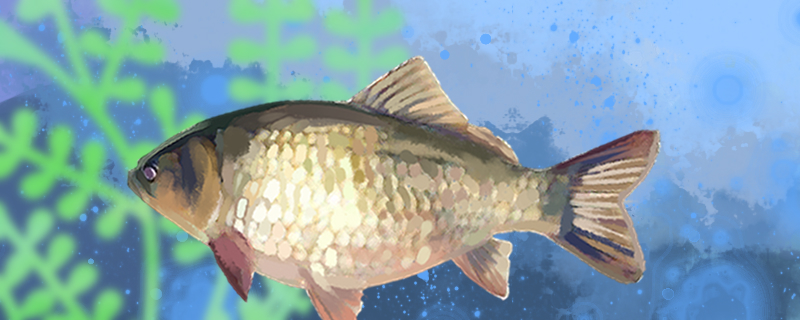
Crucian carp is a very common fish, which is basically distributed in freshwater waters all over China. In addition to these wild crucian carp, there are also cultured crucian carp. The behavior of breeding crucian carp is very common, and many breeders choose to breed crucian carp. The cultivation of crucian carp is generally large-scale, and special ponds are needed.
1. Pond: When raising crucian carp, it is generally necessary to use the pond. The area of the pond can be controlled at 3-20 mu, and the depth of the pond can be controlled between 2-3 meters, not too shallow. You can raise crucian carp alone, but it is more common to raise crucian carp with silver carp and bighead carp together, at this time, we need to pay attention to the density problem, according to the area and depth of the pond to control the number reasonably, not too dense.
2. Feeding: Feeding the crucian carp is also an important step. Can give crucian carp to eat special feed, this kind of feed contains more nutrition, but also more convenient. When the crucian carp is still relatively small, it can be fed with feed with smaller grain size. As the crucian carp grows up slowly, the particle size of the feed can be gradually increased.
3. Water temperature: In the process of breeding, adjusting the water temperature is also a very important task. During the growth and development of crucian carp, the water temperature should be kept at least 15 degrees. During the reproduction of crucian carp, the water temperature should be kept at about 20 degrees as far as possible.
4. Oxygen content: The oxygen content in the water is also an important aspect. If the crucian carp lives in the water with higher oxygen content, their development state will be better. Generally speaking, an aerator should be prepared before breeding, and then the aerator should be used according to the weather conditions and the activities of crucian carp.
5, water quality: water quality is also very important, the transparency of water can be maintained between 25-30 cm. If the water quality is muddy, it can be replaced appropriately. It is usually once a week in high temperature, and once every two weeks in other seasons.